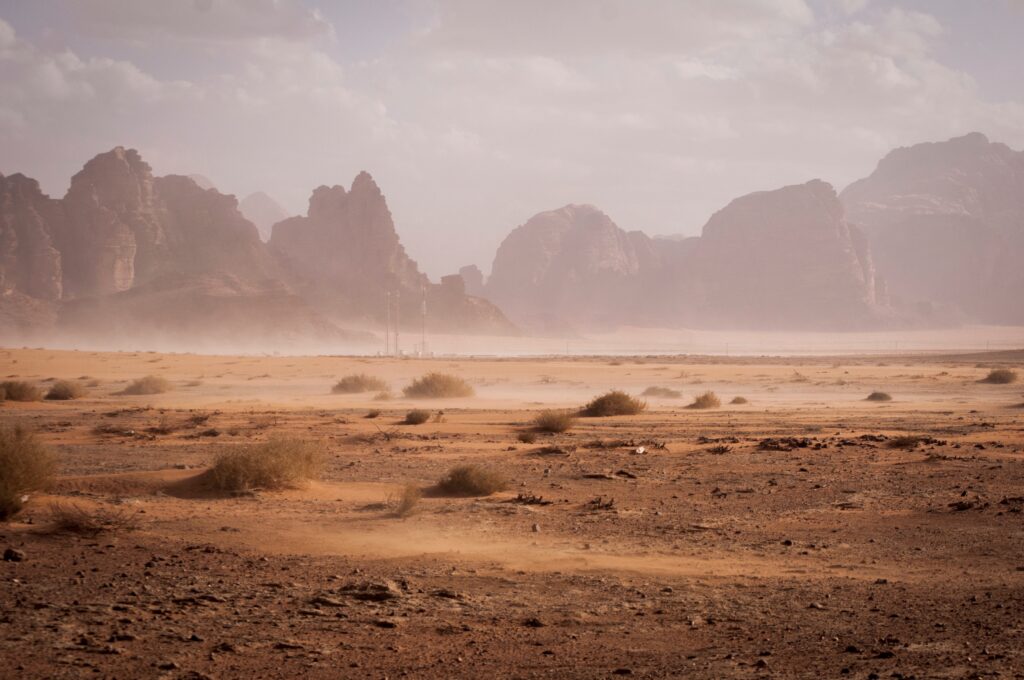Humans have been modifying their environment for thousands of years. The earliest modifications had little impact, but as human numbers and ingenuity increased, natural resources were gradually depleted and, in some instances, destroyed.
Ken Coetzee of Conservation Management Services, who gained valuable experience in managing natural rangelands as a rangeland manager, works in an advisory capacity in South Africa, but also in African countries including Morocco, Senegal, Malawi, Namibia, Kenya, and Botswana.
This series on land management and rehabilitation is based on the second edition of his updated book Caring for Natural Rangelands, published by New Voices Publishing Services in 2023, and is available from Ken (contact details below). “I have observed that very few natural areas are completely free of the destructive legacy of modern landscape development,” he says.
“Most often, the consequences of these landscape modifications suggest that the general attitude of landscape users has been one of careless exploitation, with little regard for the future implications of unsustainable land uses. Little or nothing is ever replaced or returned to the land.”
As populations grow, they need more food. This led to the establishment of vast fields of monoculture crops, such as maize for food, or tree plantations for heat, shelter, and construction. The results are the deterioration of natural landscapes and the inevitable loss of biodiversity. Signs of deterioration are everywhere as the result of economic industries, including agriculture, fishing, forestry, industry, housing, and even tourism, as humans take whatever they want or think they need from nature without putting anything back. Legislation, the lack of policing, as well as growing population numbers, poverty, corruption, and poor decision-making, are not helping to stop this deterioration.
The deterioration is most visible on rangeland, where over-utilisation of natural grazing and consequent erosion of the critically valuable soil reserves have resulted in the advance of desert and semi-desert conditions all around the globe.
Desertification
At present, more than one-third of the earth’s land surface is vulnerable to desertification, with ten to twenty per cent of all drylands already lost to advancing deserts. According to Ken, these consequences are most prominent in and around the sub-tropical deserts of northern Africa, western South America, southwest China, and Australia, as well as the steppes of subtropical Asia and the countries around the Mediterranean Sea.
“Desertification can change lands that were once productive into useless wastelands and these changes have serious negative implications for biodiversity, human well-being, socioeconomic stability, and sustainable development the world over,” warns Ken.
He believes the increasing demand for natural resources, which are most often harvested or used in an unsustainable way, manifests itself as the desperate need for restorative environmental management. “However, habitat restoration or rehabilitation is prohibitively expensive and considered to be the field of expertise of a relatively small group of professional rehabilitation experts.” Landowners, range managers and tenant farmers are usually confronted with rangeland management problems that were caused by previous poor management that did nothing to address the results. As a result, problems such as erosion, deforestation and eventually desertification, get worse.
Practical approaches
In this book, Ken does not dwell on the causes of landscape degradation or comment on who is to blame for it but rather concentrates on practical approaches that can be used to heal the scars and thereby give nature a chance to heal itself. “Nature is amazingly forgiving and will gratefully reward any kindness with astounding rejuvenation.”
He would like to inspire rangeland managers and farmers to take a fresh look at degradation and to approach the restoration thereof with a new attitude. He quotes Aldo Leopold (1933), an American conservation writer who is considered the father of wildlife ecology and who was a renowned scholar, teacher, philosopher, and gifted writer of the book A Sand County Almanac (1933): “The hope of the future lies not in curbing the influence of human occupancy – it is already too late for that – but in creating a better understanding of the extent of that influence and a new ethic for its governance.”

Tools of destruction also tools of regeneration
Aldo Leopold believed that the land could be restored by the imaginative use of the same tools with which it was destroyed, namely the axe, plough, herbivores, fire, and mechanisation. Leopold also believed that few environmental fields depended as heavily on commitment, ingenuity, and resourcefulness as restoration management and that land care was an “integral component of the almost forgotten art of woodcraft which is based on the skills derived from individual and collective experiences of many generations”.
Ken provides some ideas of how the ever-widening gap in land care experience can be bridged by providing some ideas that may help with the restoration and rehabilitation of degraded rangelands.
“The techniques described need not be followed to the letter. They should rather provide examples of how to think, understand and experiment, rather than be implemented as prescriptions.” He believes there is no single or ‘correct’ way in which to approach rangeland restoration.
“There are, in fact, endless answers or combinations of answers to every landscape restoration problem. A solution for each problem must be worked out according to its own specific situational characteristics, such as that of variability in soil types, climate, vegetation, land use, and land use history.”
Also, the approach need not involve elaborate or costly technology or highly specialised knowledge. “It should rather provide new insights and practical strategies for decision-making and implementation.”
The good news is that the solutions to many of the land care problems that face land managers today are sometimes much simpler than is at first anticipated. He outlines practical and straightforward approaches as a way in which to get to grips with land management problems, no matter how small in the beginning.
His methods are purposefully simple, and most can be implemented by unskilled or semi-skilled workers with some guiding supervision or limited training, and the tools already familiar to them.

The conversion of formerly productive arid land into deserts is widespread and occurs at an alarmingly rapid rate alongside human population expansion.
Three interest groups must be motivated. These include:
- Land management practitioners, including farmers, game rangers, foresters, landowners, land managers, land management contractors, and rehabilitation consultants. These people will need methods and practical ideas about the planning and implementation of restoration projects;
- Environmental biologists, ecologists, botanists, zoologists, herpetologists, environmental scientists, and environmental agencies need to link their biological field of expertise with an improved understanding of the realities of practical field engineering; and
- Environmental education practitioners, including lecturers in environmental studies, teachers, extension educators and students of environmental studies, need to be provided with practical examples of successful rehabilitation options and the planning needed to options and the planning needed to implement them successfully.
“In short, we need to link practical land restoration practice with the range of individuals that may implement, study, regulate, finance, or have some other interest in land care projects,” says Ken.
Contact details
Conservation Management Services Ken Coetzee and Wallie Stroebel: (+27) 76-227-5056 or consken@mweb.co.za Ken Coetzee: (+27) 82-493-1441









